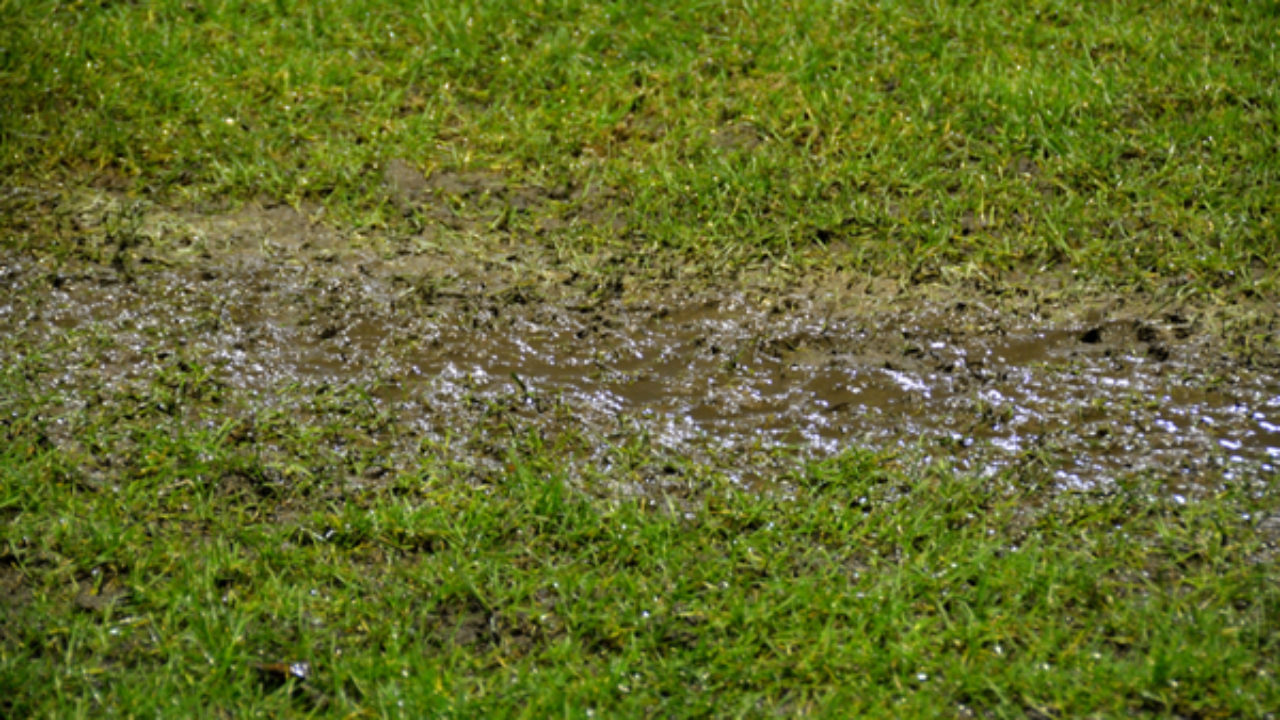Guide To Water Leak Detection In The House
Guide To Water Leak Detection In The House
Blog Article
This article below in relation to Locating water leaks is quite interesting. Give it a try and make your own personal results.

Early detection of leaking water lines can minimize a possible calamity. Some small water leakages might not be noticeable.
1. Take A Look At the Water Meter
Every house has a water meter. Checking it is a proven way that helps you find leaks. For beginners, turn off all the water resources. Guarantee no person will certainly flush, utilize the tap, shower, run the washing maker or dishwasher. From there, most likely to the meter and watch if it will certainly alter. Since no one is using it, there need to be no motions. If it moves, that suggests a fast-moving leak. Likewise, if you spot no changes, wait an hour or 2 and also inspect back once again. This suggests you might have a slow leakage that might also be below ground.
2. Check Water Consumption
Assess your water bills as well as track your water usage. As the one paying it, you must discover if there are any discrepancies. If you spot sudden changes, regardless of your usage being the same, it means that you have leakages in your plumbing system. Keep in mind, your water bill need to drop under the same array monthly. A sudden spike in your expense indicates a fast-moving leakage.
On the other hand, a constant increase every month, even with the exact same routines, reveals you have a sluggish leak that's also slowly escalating. Call a plumber to thoroughly examine your residential or commercial property, especially if you really feel a cozy area on your floor with piping below.
3. Do a Food Coloring Test
When it comes to water intake, 30% comes from commodes. If the color somehow infiltrates your dish during that time without flushing, there's a leak in between the storage tank and dish.
4. Asses Exterior Lines
Don't forget to examine your outdoor water lines also. Test faucets by attaching a yard tube. Ought to water permeate out of the connection, you have a loosened rubber gasket. Replace this as well as ensure all links are tight. It will certainly aid obtain it professionally analyzed and also maintained annually if you've got a sprinkler system. One small leak can lose lots of water and also increase your water costs.
5. Assess the circumstance and also inspect
Home owners should make it a routine to examine under the sink counters and even inside cupboards for any kind of bad odor or mold and mildew growth. These two warnings show a leak so prompt focus is required. Doing routine assessments, also bi-annually, can conserve you from a significant problem.
Examine for stainings and compromising as a lot of pipes as well as home appliances have a life expectations. If you believe leaking water lines in your plumbing system, do not wait for it to escalate.
Early detection of leaking water lines can mitigate a prospective calamity. Some little water leaks may not be visible. Inspecting it is a proven means that aids you discover leaks. One tiny leakage can waste lots of water as well as surge your water expense.
If you presume dripping water lines in your plumbing system, do not wait for it to intensify.
How to Know If Your Home Has a Hidden Leak
Water Meter Reveals Inexplicable Water Usage
If you’d like to test whether or not there’s a leak somewhere in your home, you can do this using your water meter. Here is how to conduct the test:
Don’t use any water in your home for at least 30 minutes; this also means not turning on faucets or water-using appliances.
Go outside, and check your water meter for activity.
If your water meter shows that there was activity, even though no one was using any water, this proves that there is a leak in your home.Visible Mold or Mildew Growth
Leaks behind walls create moist, dark environments that allow mold and mildew to grow and thrive. Eventually, you might see mold growth forming on the wall closest to a hidden leak.
If mold is growing in an area that receives a high amount of moisture, such as a bathroom, it may simply be an indication that better ventilation is needed. However, if you see mold growth on a wall or the ceiling in an area where you would not expect, you probably have a hidden leak.
Musty, Mildew Odor
Sometimes you might not be able to see the mold or mildew that is growing as a result of a leak. However, the smell can give the problem away just as easily. If you catch a whiff of something musty, there’s a good chance that old water is collecting somewhere in your home that you can’t see.
Stained/Warped Walls, Ceilings, or Floors
When your home soaks up water, a variety of red flags can become visible, including ceiling stains, bubbling drywall, warped walls, and sagging floors. While these issues can be caused by excess humidity, they can also be signs that a pipe or plumbing connection has started leaking behind your walls.
Inexplicably High Water Bill
After a while, you get a general sense for what your water bill should be. If you own a pool or sprinkler system, your bill will tend to be higher during summer. However, if you receive a water bill that seems especially high, and you can’t figure out what caused it, then you may have a hidden leak somewhere that’s increasing your bill.
https://www.plumbingjoint.com/blog/2019/july/how-to-know-if-your-home-has-a-hidden-leak/

I ran across that review on Detecting hidden plumbing leaks when surfing the web. Loved our blog? Please share it. Let another person check it out. Thanks so much for your time spent reading it.
Report this page